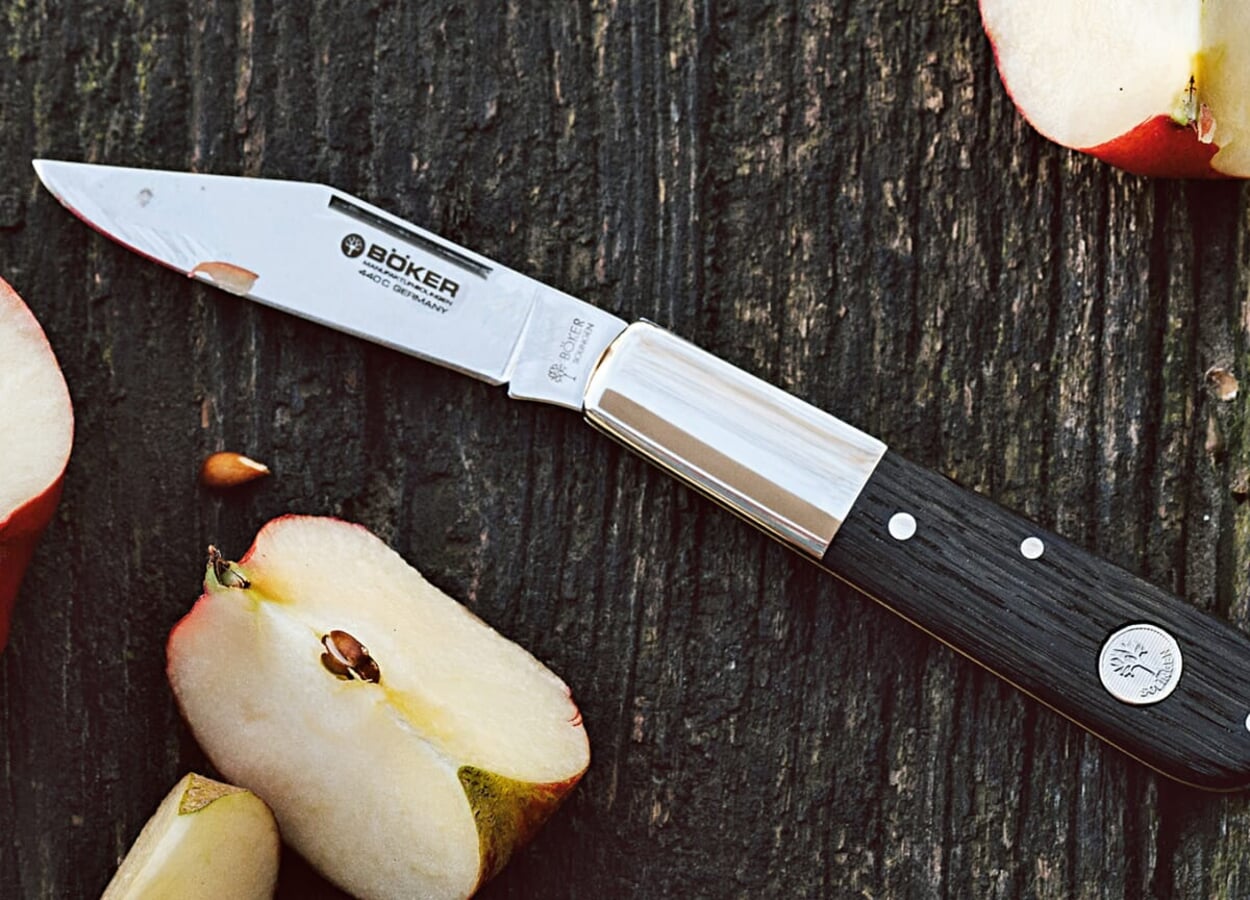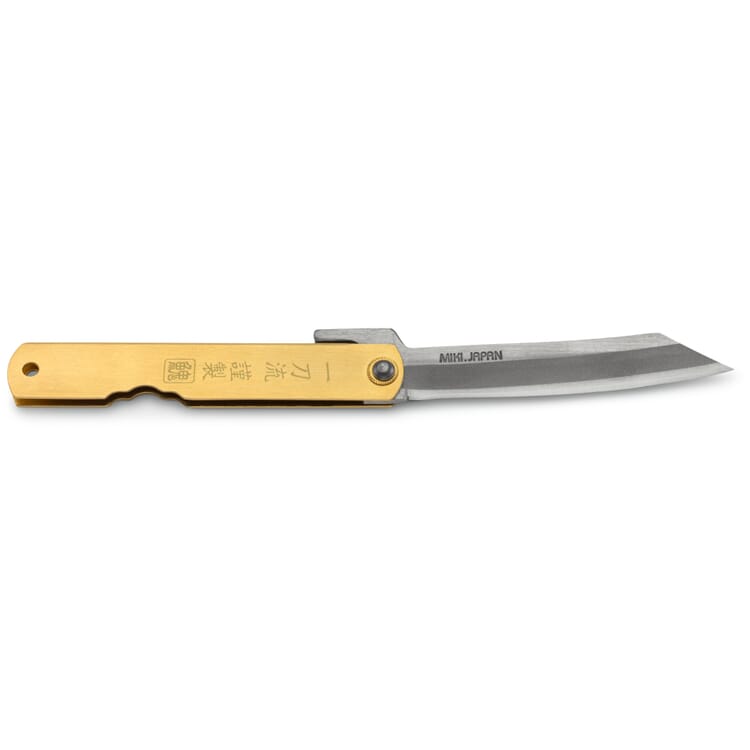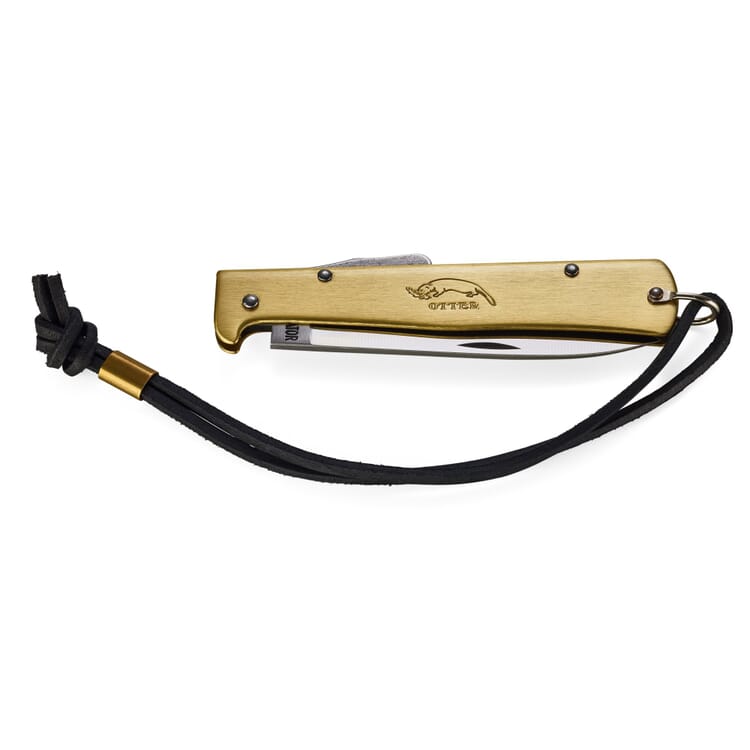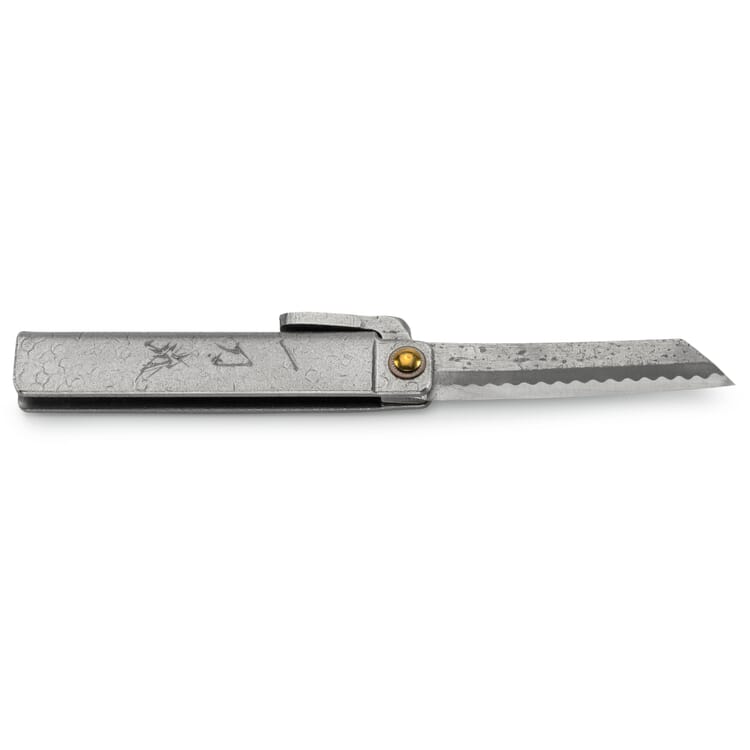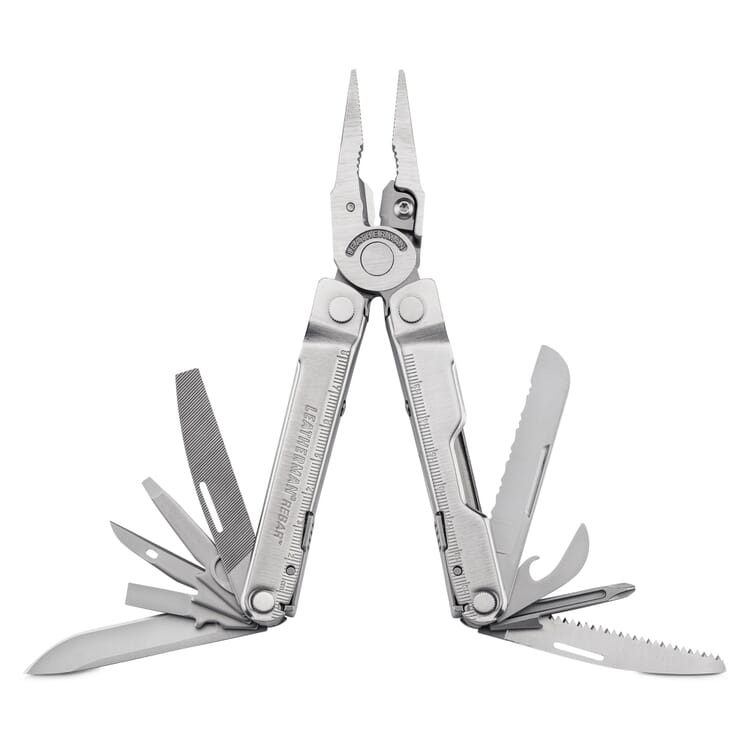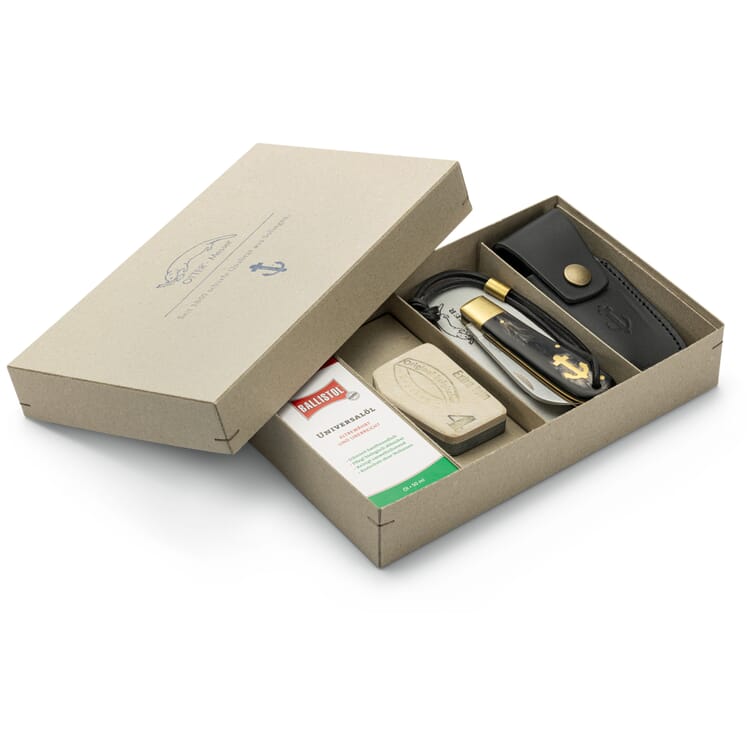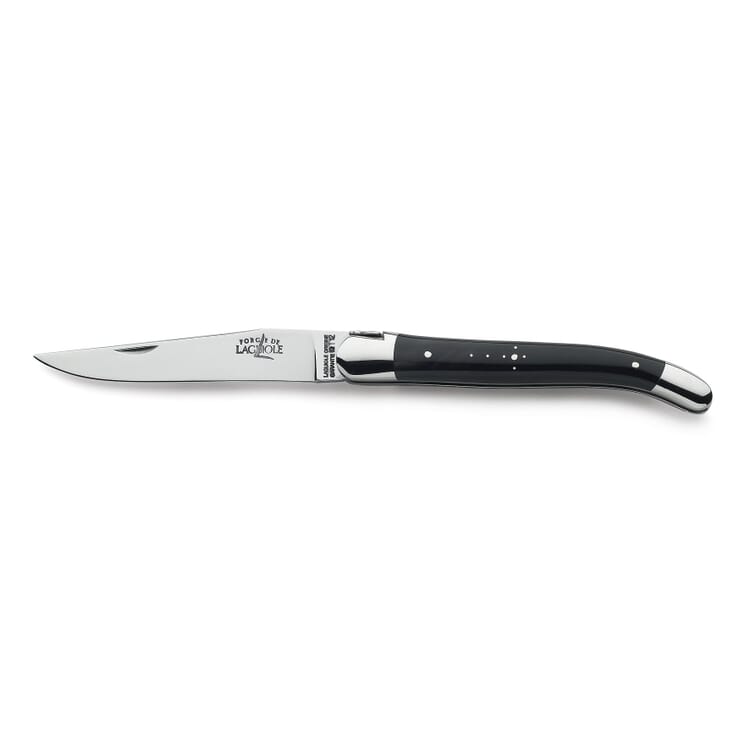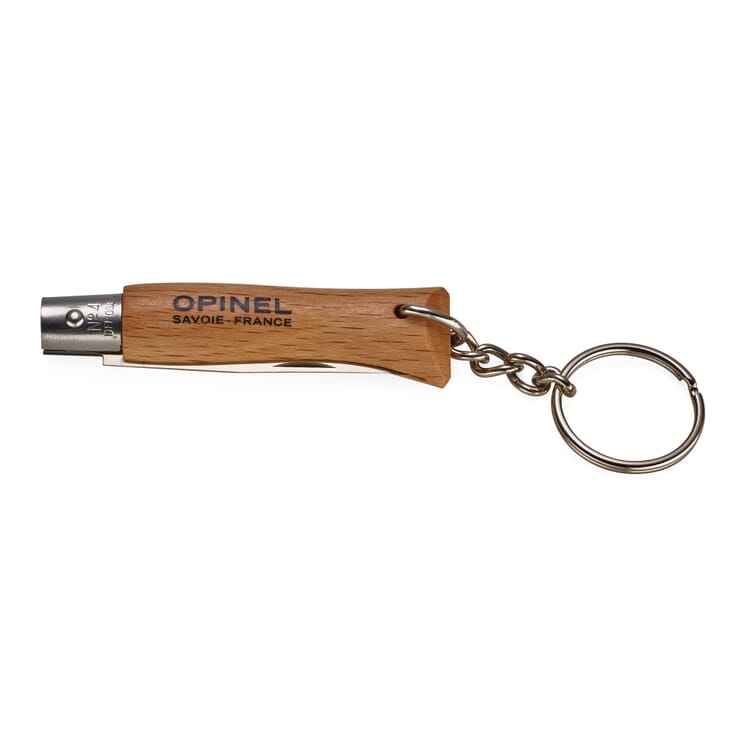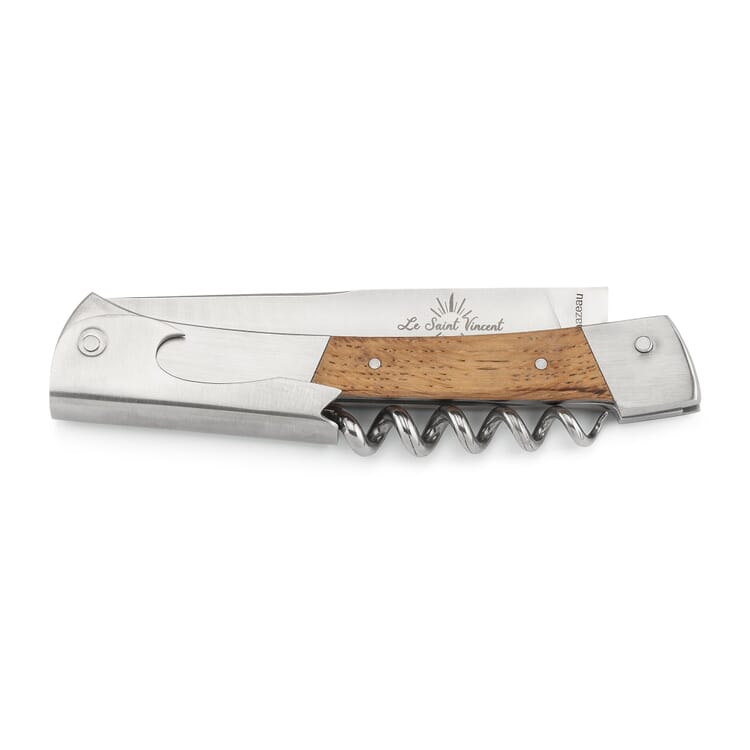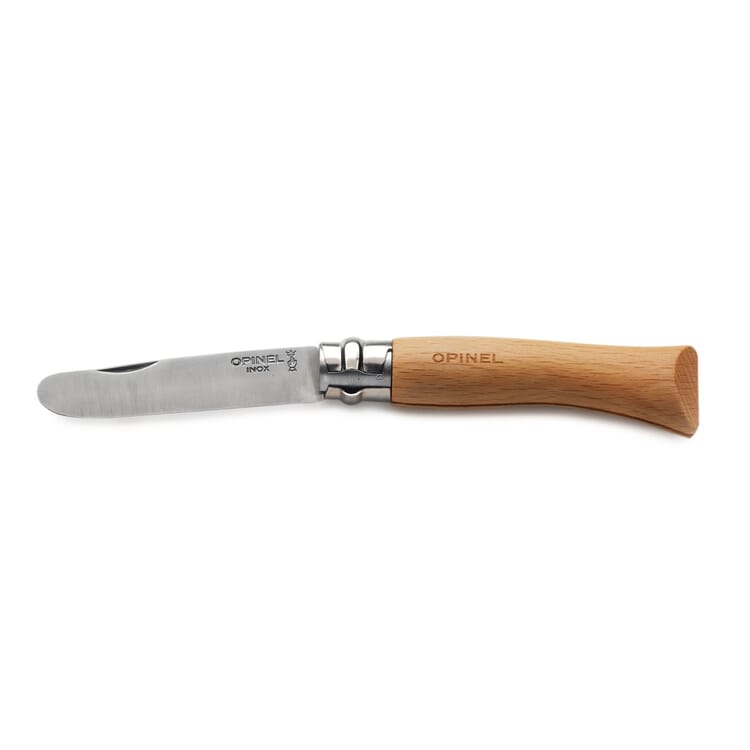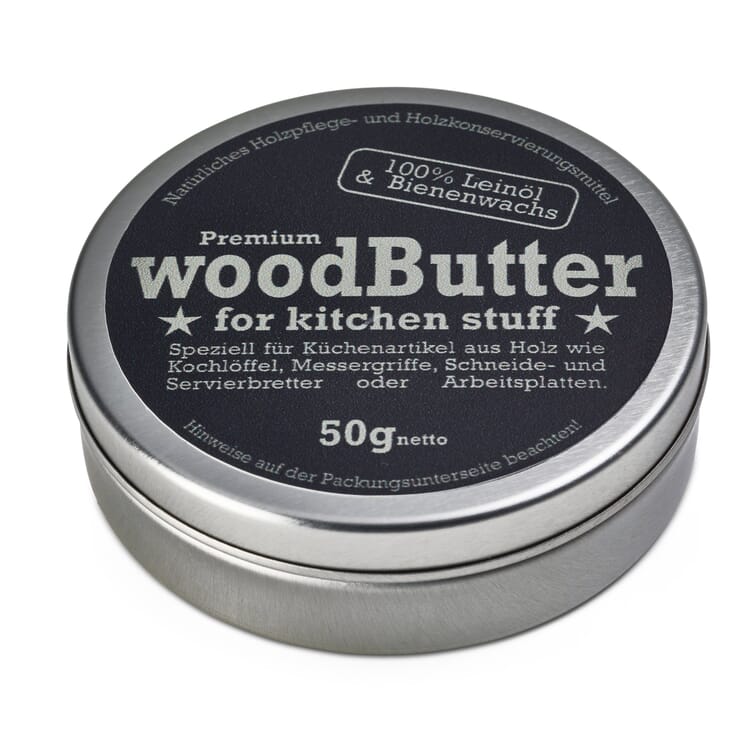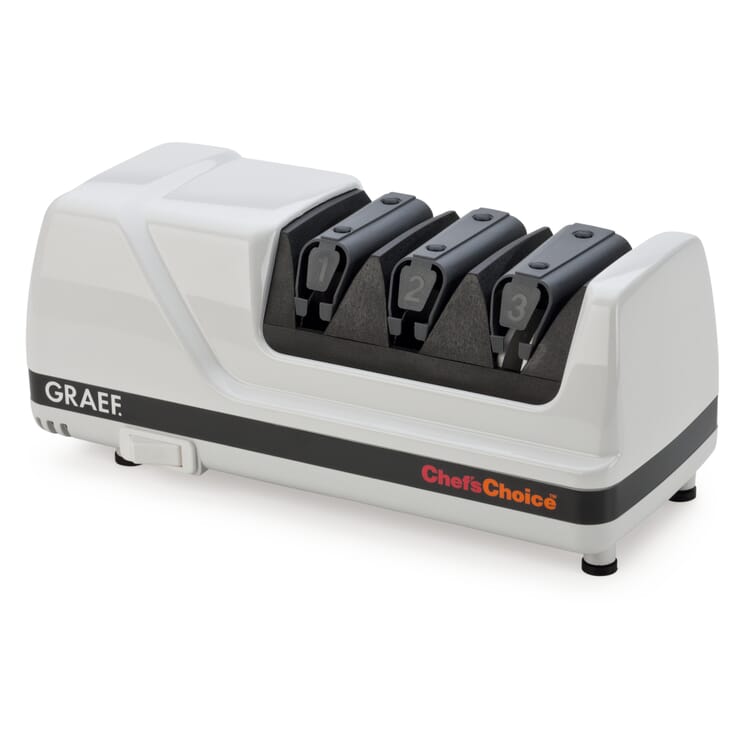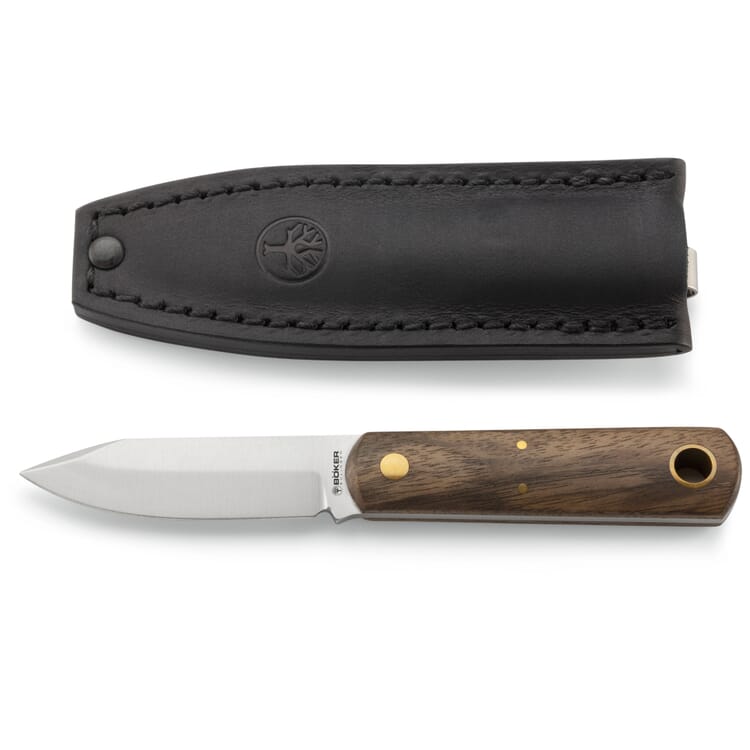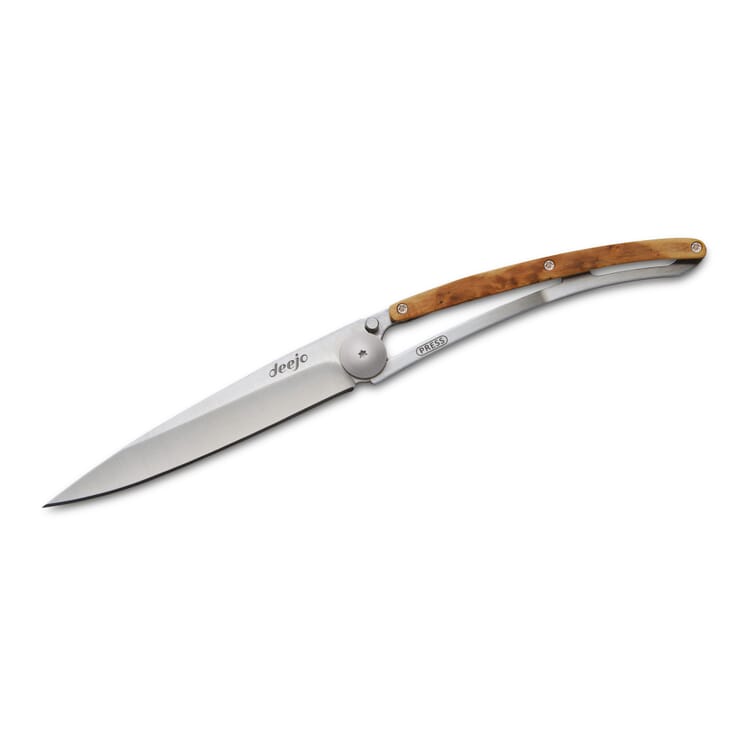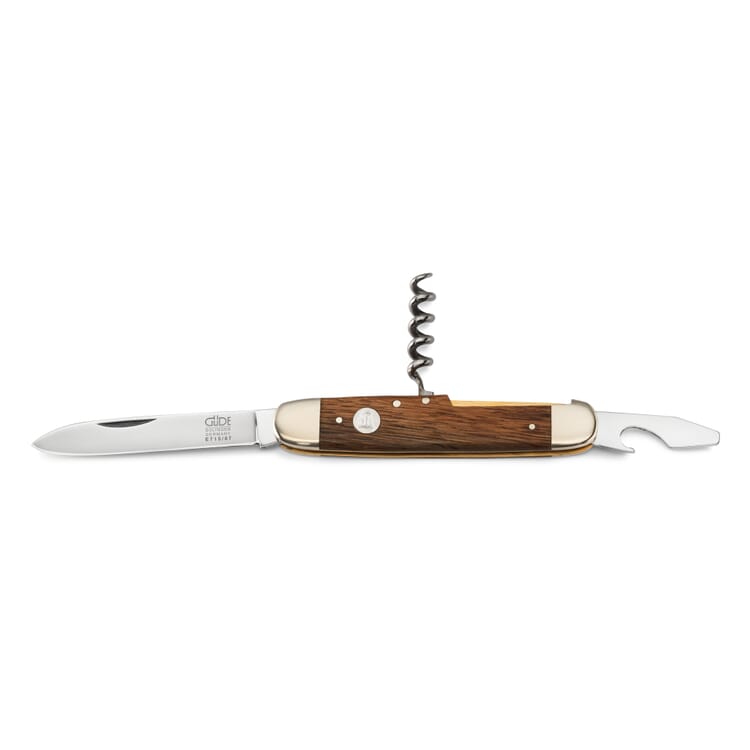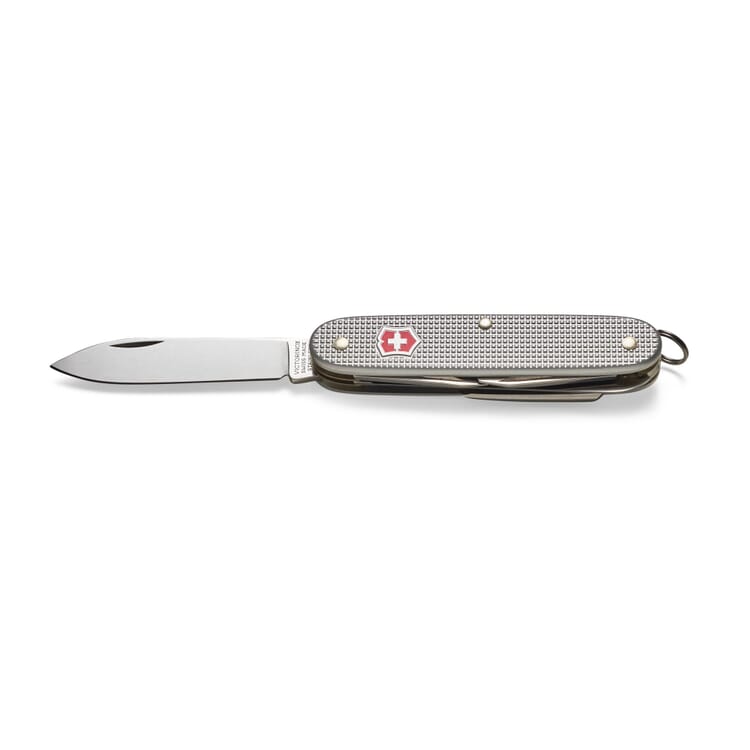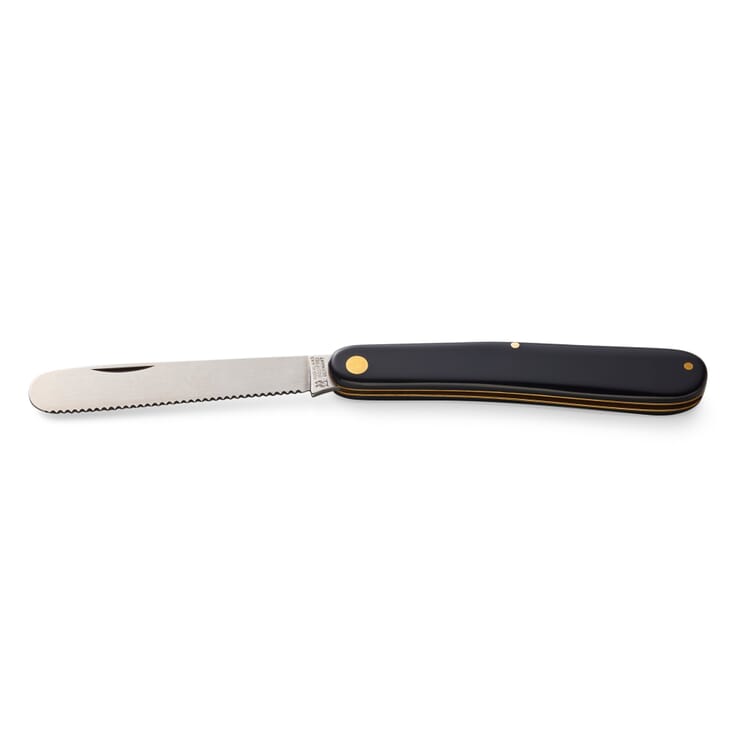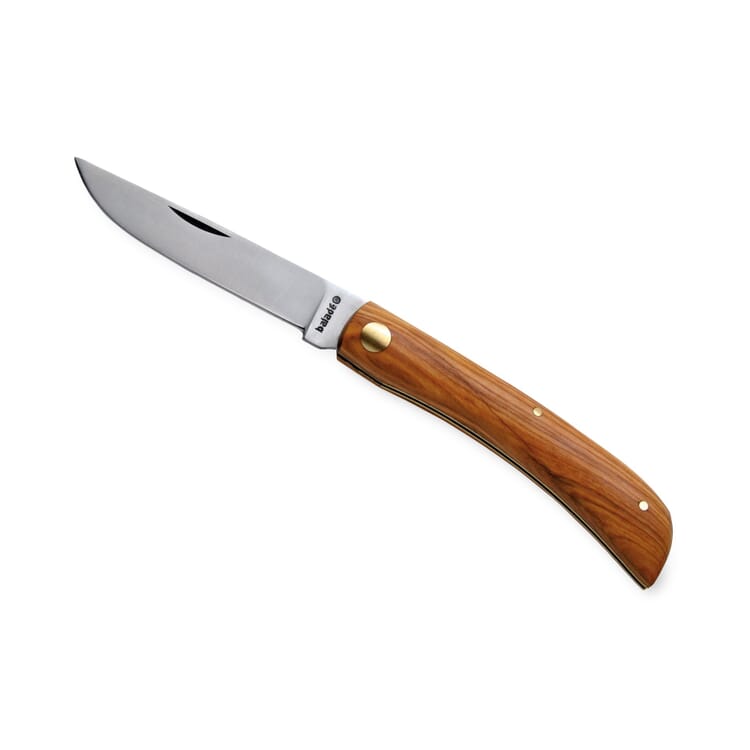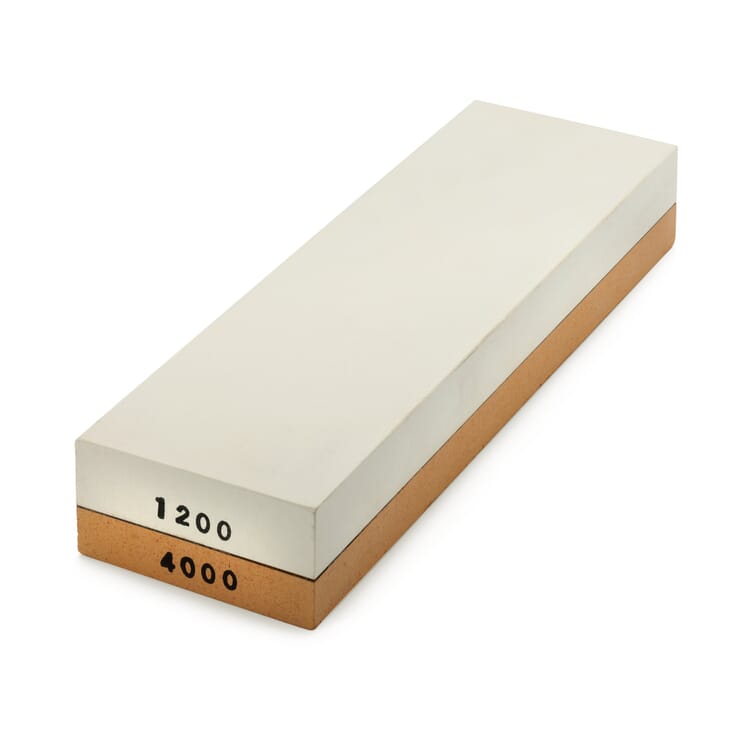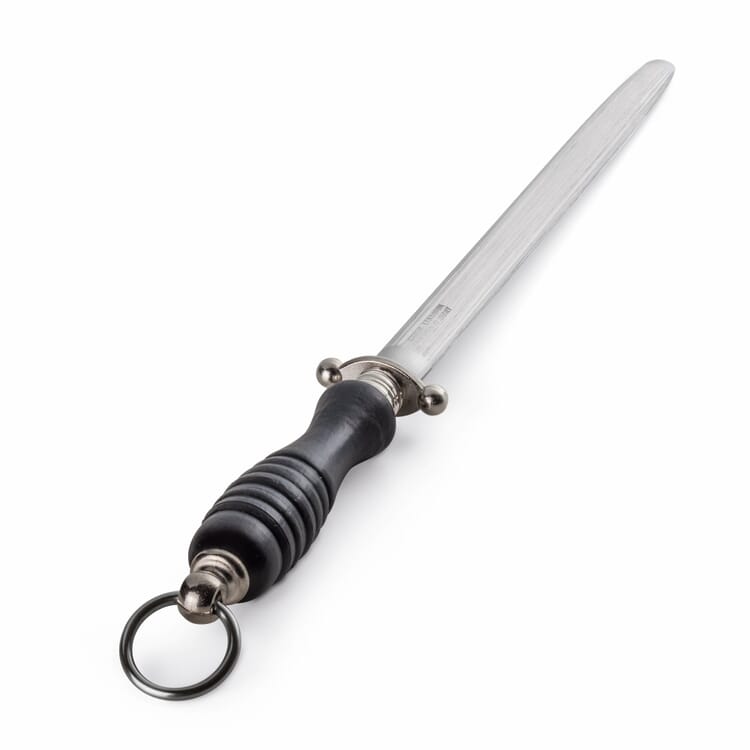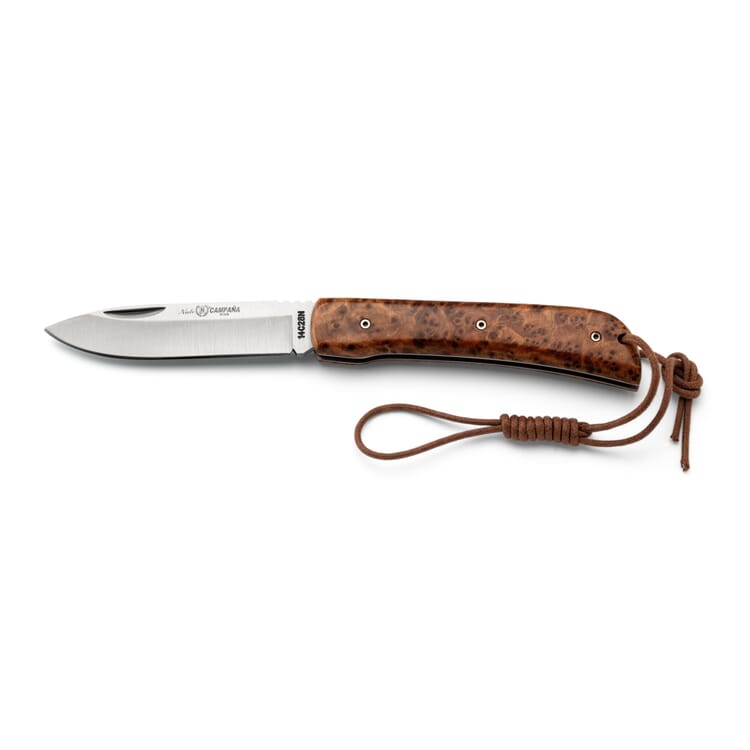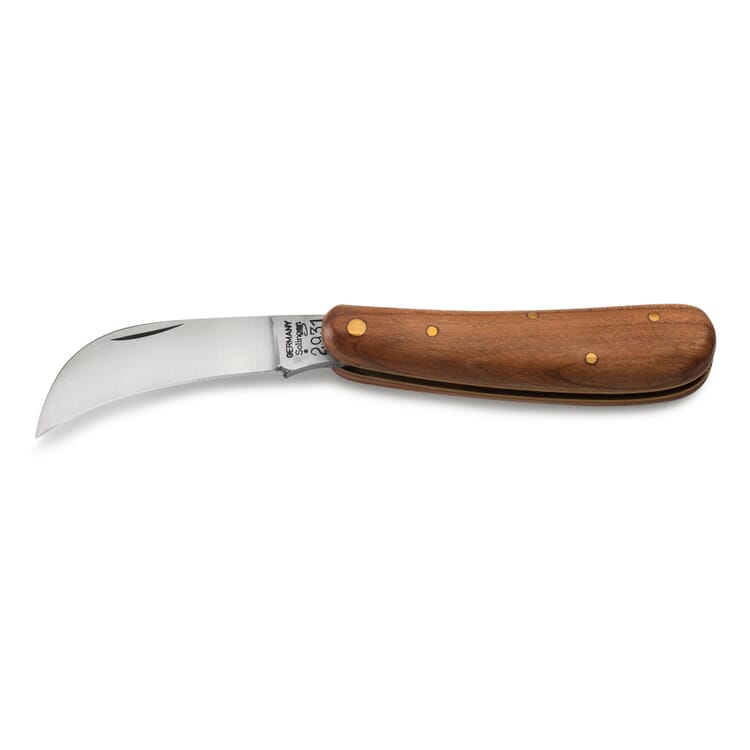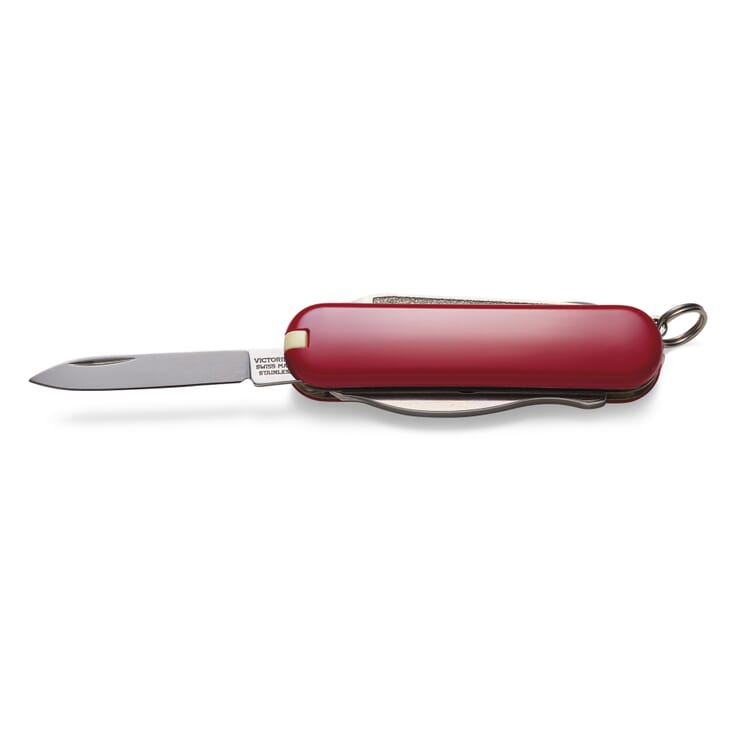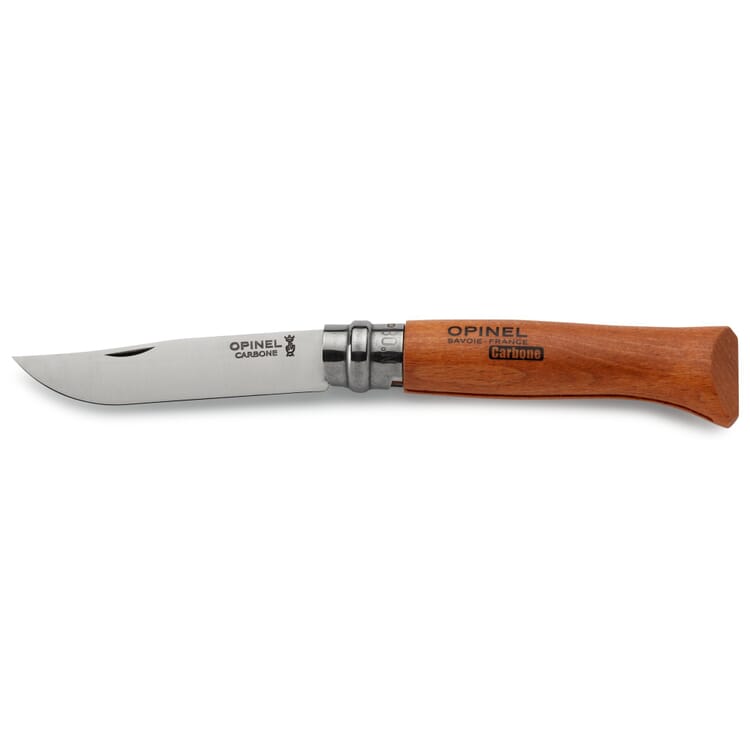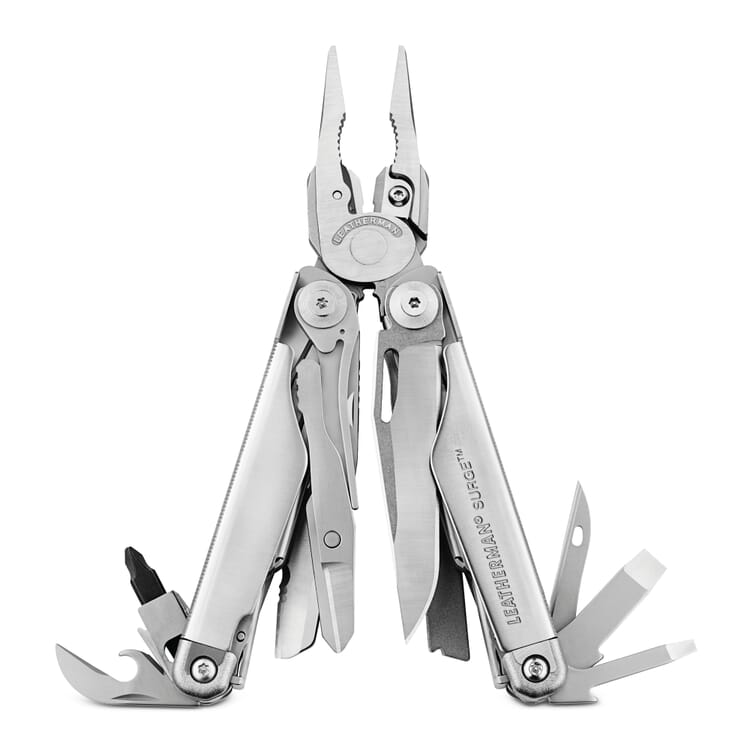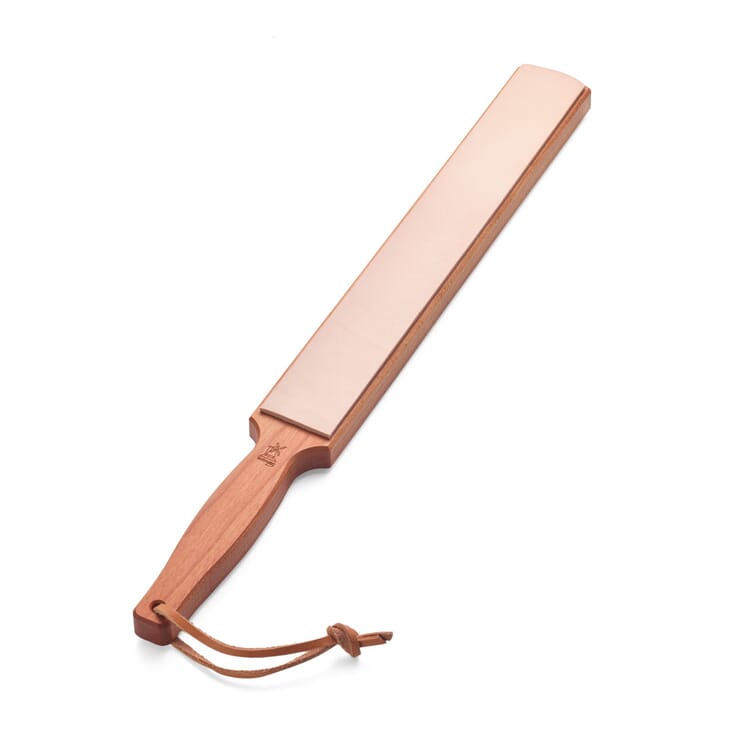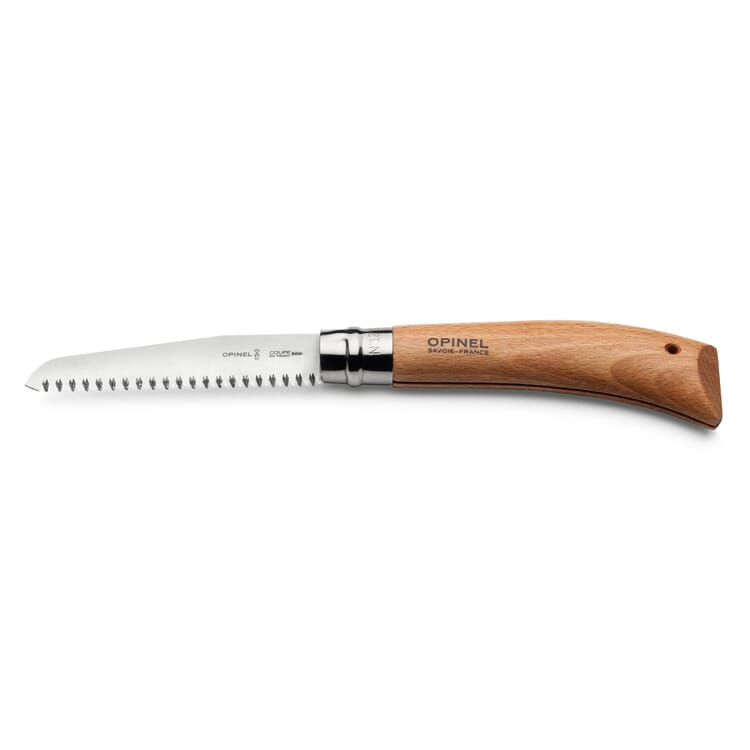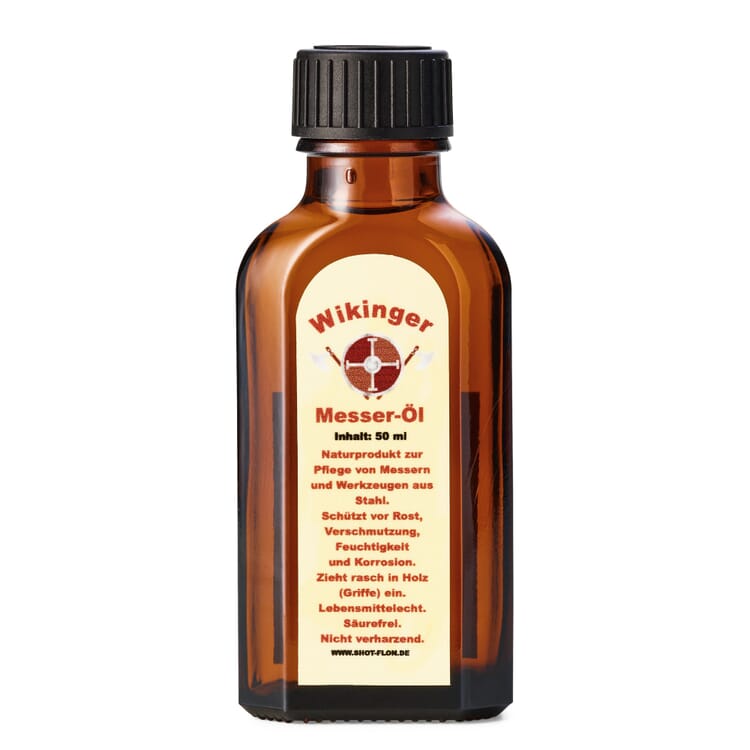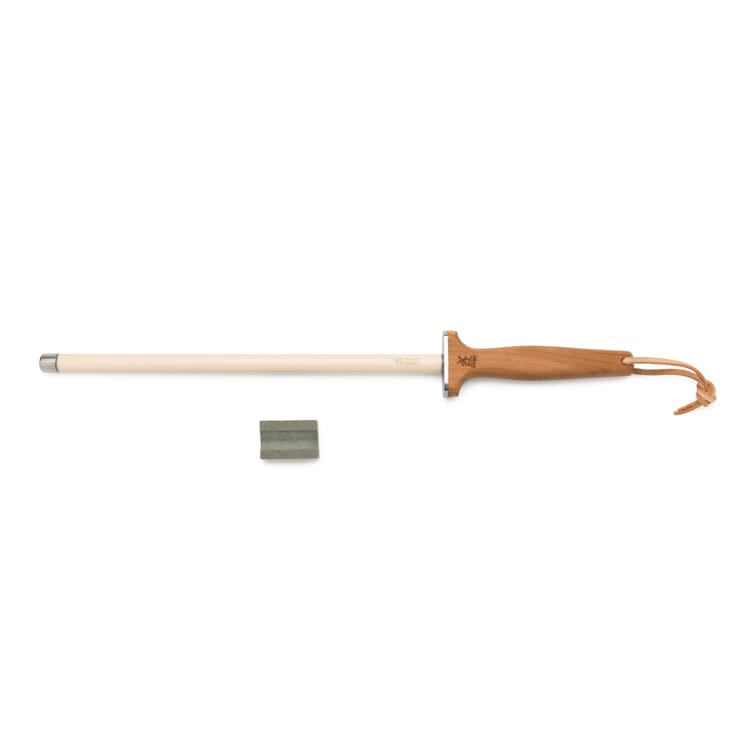Helpful Tips
A "good" pocket knife? A question of need!
In contrast to a kitchen knife, a good pocket knife is defined for the user primarily by whether it meets individual needs. When the Celts experimented with retractable cutting tools around 2,500 years ago, they were probably quite happy with an iron blade and a bone handle. The "Officer's and Sports Knife" developed for the Swiss Army in 1891, the forefather of today's pocket knives, had to meet different requirements with scissors, a saw and a can opener. And even today, someone looking for a pocket knife for regular fishing trips is unlikely to opt for a model with a wooden handle - let alone a blade material that is more susceptible to rust. So if you know what you mainly want to use your knife for, in what climate you want to use it, how big it should be and how easy it should be to open, you will be able to choose the right piece almost in your sleep. Because from a purely qualitative point of view, there is really nothing you can do wrong with the pieces we have selected.
With edge and without bloodshed. Using pocket knives safely
There are cultures in this world where children learn to handle sharp objects such as knives or machetes from the tender age of two. However, this does not appear to be associated with a higher risk of injury, from which ethnologists have already concluded that taking responsibility for one's own safety even at an early age has a positive effect. You don't have to give your offspring a five-bladed folding knife in the cradle - there are also convincing models with a child-friendly feel and rounded tip, especially for younger knife users. These are excellent for practicing the correct use of cutting tools without making mothers and fathers sweat with fear. Nevertheless, anyone working with a pocket knife, for example when carving, should observe a few safety rules - for their own good and regardless of their age:
- Fold and unfold the knife correctly. The practical feature of being able to fold and unfold a pocket knife is also a frequent source of danger - if the mechanism is not operated correctly. The knife casually folded on the thigh often ends up in the ambulance together with its wearer: with bloody fingers and not quite as casual as originally planned.
- "He who carves, sits" is not only a beautiful rhyme, but also a wise one. Because he who sits has enough stability to be able to control the movements of his blade well
- The correct carving direction is always away from the body - with sufficient distance from the other person (about an arm's length) and starting behind the hand gripping the carving material
- **Watch out when pets are nearby **Like small children, they cannot correctly assess dangerous situations and can run carelessly into the open knife
- **Only work with sharp blades **Blunt blades are guided with more force and slip more easily. This makes them very dangerous, especially for children. If a blade is no longer sharp, it is better to put it to one side or resharpen it. A good result will not usually be achieved with such a blunt blade anyway
- Never leave several functions open at the same time, no matter how practical it may seem. One tool alone is completely sufficient and the risk of injury is significantly minimized.
- The pocket knife should also be closed during handovers and work breaks
- **Never walk around with an open knife **You can always stumble - **Do not misuse the pocket knife **It is for cutting and not for levering, chopping or stabbing. And of course not for throwing. Unlike throwing knives, the trajectory of a pocket knife cannot be calculated.
- Pay attention to the material properties Fresh wood, for example, is particularly suitable for carving, but also has more elasticity and tension than its dried counterpart, which in the worst case can lead to ugly whiplashes.
- Left-handers need a special knife that suits their preference.
Pocket knives that are not fully functional, for example if the folding mechanism is jammed or the locking mechanism is faulty, should never be used again. It is better to dispose of them or at least have them repaired. And the following handling idea also makes for a good anecdote at best.
Fine pocket knives. Lifelong sharpness through cleaning and care
High-quality pocket knives and multifunctional tools are generally not particularly susceptible to material breakage or other serious defects. If they do not work properly, for example if the folding mechanism jams or the knife is difficult to move, their life is usually not on the knife's edge, but they are dirty or not properly maintained. If you know how to do it, you can quickly get your knife back in shape with little effort
Cleaning
Pocket knives do not tolerate dishwashers, they should only be cleaned by hand. This is the only way to clean the mechanism with the necessary care and avoid damaging valuable handle scales made of wood, horn or mother-of-pearl unnecessarily with overly harsh cleaning agents. It is also advantageous to clean them immediately after each use so that any residue does not dry on or damage the material. The following cleaning methods have proven effective:
- Wiping and dusting: No matter how small the job you have done with your pocket knife may have been, you should allow your tool to be wiped with a soft cloth or dusted with a brush after each use. Organic substances in particular, such as resins or animal fats, are better not given the opportunity to dry first, as you will then have to use heavier equipment for cleaning.
- Rinsing: Water-soluble dirt, for example soil and small foreign bodies that interfere with the folding mechanism, can be easily removed under running water. It helps to open and close the mechanism a few times to clean it completely
- Bathing: Stubborn dirt is better tackled with a bath. A little washing-up liquid and a few minutes soaking time can work wonders. Many stains can then simply be rinsed off. However, it is important to make sure that the cleaning agent used is compatible with the material of the handle scales and does not damage them
- Creeping oil: For very difficult cases, creeping oil has proven its worth. Simply spray it on and leave it to work, this should help. But make sure that the product is compatible with the material of the handle scales.
- Mechanical aids: Toothpicks, tweezers, cotton buds or brushes - they can all help if the folding mechanism of a pocket knife is jammed by foreign objects. They just shouldn't be able to scratch the blade, as this would make the knife more susceptible to corrosion in the worst case. And last but not least: always allow the cleaned knife to dry completely and store it where it is well ventilated. This will protect it from material changes and corrosion processes in the long term
Care
It is advisable to re-grease the tool axles after every cleaning. And even if the blade is reluctant to open and close, this is a sign that it is time for a few drops of oil. Special knife oils not only support the function of a pocket knife, but also extend its service life as they protect against wear and oxidation processes. They do not stain, are temperature-resistant and food-safe and, if produced on a vegetable basis, are also suitable for the care of wooden or horn handle scales
Sharpening
Last but not least, even a high-quality pocket knife will only function comfortably and safely if it has a sharp edge in the long term. If you sharpen your pocket knife regularly, you will maintain its edge retention to the best possible degree. Sharpening steels, whetstones or strops are used as aids here. We have summarized all the important information on the correct handling of the individual tools under the topic "sharpening knives, knife sharpening".



